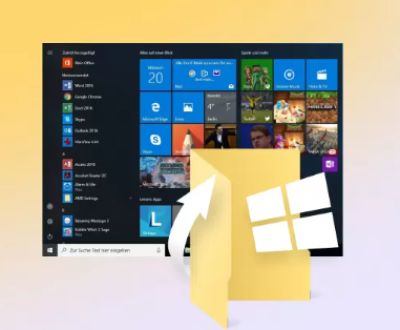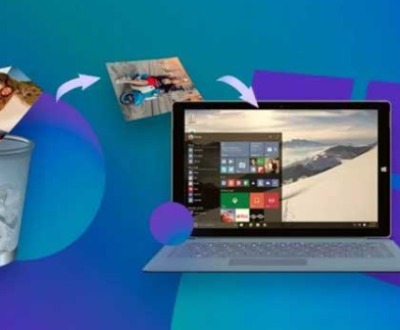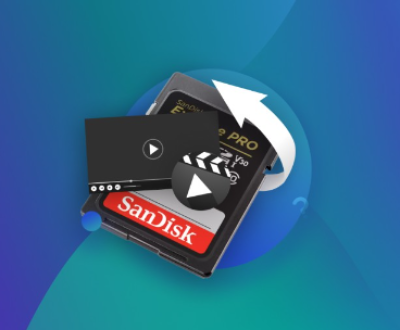External hard drives are often used for backup, storage expansion, or file transfer. Seagate, a renowned name in the storage industry, manufactures a variety of external hard drives for personal and professional use. As with any piece of technology, knowing the age of a device like an external hard drive can help you understand its remaining lifespan, its warranty status, and whether it’s time to start considering a replacement.
Method 1: Check the Serial Number
One of the most effective ways to determine the age of your Seagate external hard drive is by using its serial number. Seagate, like many other manufacturers, encodes useful information in the serial number, such as the manufacturing date and location.

Steps:
Find the Serial Number:
The serial number is typically printed on a label located on the external hard drive itself. You’ll usually find it on the bottom or back of the device. It will be a long string of letters and numbers. It’s essential to get the full serial number to look up accurate information.
Understand the Format:
Seagate serial numbers are often made up of several alphanumeric characters. To identify the manufacturing date, look for the following:
First Characters: In some cases, the first characters or digits in the serial number represent the year and week of manufacture. For example, a serial number beginning with “2003” might indicate that the device was manufactured in the 3rd week of the year 2020.
Further Digits: Seagate’s serial number format varies across different models, so the exact decoding method can depend on the specific model of the hard drive.
If you have trouble interpreting the serial number, you can always contact Seagate customer support or refer to their official documentation.
Use a Serial Number Lookup Tool:
Seagate offers an online tool to look up information about your product based on its serial number. Here’s how you can do that:
Visit Seagate’s official website.
Go to their “Support” section and select “Warranty & Support.”
Enter the serial number of your external hard drive into the warranty lookup tool.
You will be shown details such as the model, warranty status, and manufacturing date. This will give you a sense of the device’s age and whether it’s still under warranty.
Interpret the Information:
Once you’ve used Seagate’s lookup tool, you’ll be able to identify the manufacturing year and week of the drive, giving you a good estimate of its age. Keep in mind that hard drives are often designed to last for several years, but their actual lifespan depends on usage, environment, and other factors.
Method 2: Use Seagate Tools and Software
Seagate offers a suite of tools and software utilities designed to work with their hard drives. These tools can provide in-depth information about the health, performance, and even the age of your drive.
Seagate SeaTools:
SeaTools is Seagate’s diagnostic tool that works with both internal and external hard drives. It helps in monitoring the health of your drive, troubleshooting issues, and even identifying its age in some cases.
Download and Install SeaTools:
Go to Seagate’s official website and download SeaTools for Windows or Mac.
After installing the software, launch it.
Run a Short Drive Test:
SeaTools will scan your drive for errors and health status. While this test primarily focuses on the physical health of the drive, it may provide some information regarding its age.
Check the SMART Data:
SeaTools can display SMART (Self-Monitoring, Analysis, and Reporting Technology) data, which includes various attributes such as temperature, read/write error rates, and more. Some versions of SeaTools might also show the drive’s power-on hours, which can give you an estimate of how long the drive has been used. This is a good proxy for the device’s age.
Firmware and Model Info:
Additionally, SeaTools can provide detailed information about the drive’s firmware and model. This information can be useful if you want to contact Seagate support or cross-check the serial number with the model specifications.
Other Tools:
If SeaTools doesn’t provide the exact date of manufacture, you might be able to use third-party tools such as CrystalDiskInfo, HD Tune, or HDDScan to gather additional information from the drive. These tools can often display detailed SMART data, including the total operating hours of the drive, which can give you an approximation of its age.
Method 3: Examine the Product Packaging and Documentation
If you still have the original packaging or documentation for your Seagate external hard drive, it may include useful information that can help you determine its age.
Steps:
Look for Purchase Date:
Check any purchase receipts or invoices that you may have. If you purchased the Seagate external hard drive directly from Seagate or a certified retailer, the receipt might contain a purchase date, giving you a rough idea of when you acquired the device.
Check the Warranty Information:
If you registered your product online or have warranty documentation, it could contain information on when the warranty started. Most Seagate products come with a limited warranty period (usually 1-2 years). Subtracting the warranty period from the current date can give you an estimate of when the product was manufactured.
Model-Specific Information:
If the product packaging contains the model number, you can also look up the specific Seagate product model on the company’s website to check the release date of that model. While this won’t give you the exact manufacturing date, it can provide a general idea of the model’s age.
Method 4: Estimate the Age Based on the Model
If you can’t find the serial number or don’t have access to the necessary tools, another way to estimate the age of your Seagate external hard drive is by looking at the model number and researching when that specific model was first released.
Steps:
Identify the Model Number:
The model number is usually found on the same label as the serial number. It’s typically a combination of letters and numbers.
Search Online for the Release Date:
Using the model number, you can perform an online search to find the product’s launch date or general release window. Seagate often lists this information in product descriptions, news releases, or on retail websites.
Research Firmware Updates:
You can also check the firmware updates for your Seagate model. Manufacturers often release firmware updates over time, and knowing when these updates were made available can help you pinpoint the model’s launch window.
Estimate the Age:
If you can find information about when the specific model first came to market, you can reasonably estimate that your external hard drive is likely a few years newer than that. Keep in mind that Seagate occasionally refreshes models with minor changes or new revisions, so your device might not be exactly the same as the one released initially.
Determining the age of a Seagate external hard drive can be challenging, but by using a combination of methods such as serial number lookup, software tools like SeaTools, examining product packaging, and researching the model, you can generally estimate the age of the drive. While it’s not always possible to find an exact date of manufacture, these techniques will help you get a good understanding of your Seagate hard drive’s age and health, enabling you to make informed decisions regarding its continued use or potential replacement.
About us and this blog
Panda Assistant is built on the latest data recovery algorithms, ensuring that no file is too damaged, too lost, or too corrupted to be recovered.
Request a free quote
We believe that data recovery shouldn’t be a daunting task. That’s why we’ve designed Panda Assistant to be as easy to use as it is powerful. With a few clicks, you can initiate a scan, preview recoverable files, and restore your data all within a matter of minutes.
Subscribe to our newsletter!
More from our blog
See all postsRecent Posts
- How to restore deleted images 2025-06-30
- How to restore a deleted file on windows 2025-06-30
- is there any way to restore deleted photos 2025-06-30

 Try lt Free
Try lt Free Recovery success rate of up to
Recovery success rate of up to









